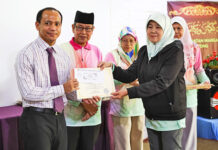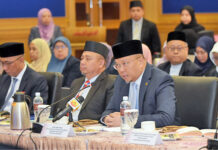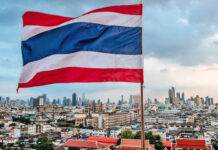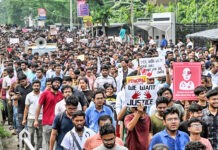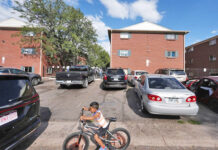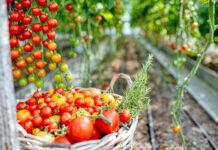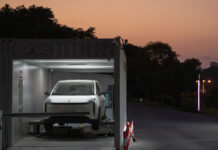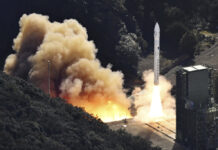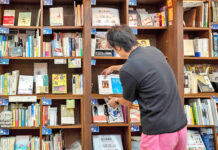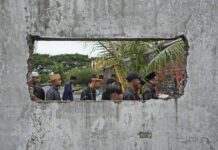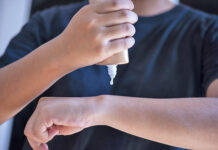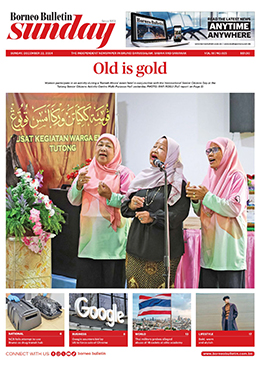CNA – It does not seem much: a 0.6- per- cent fall in Indonesia’s coffee production this year, according to estimates released last December by the country’s Ministry of Agriculture.
But it is the first such fall since 2019. And as supplies of Indonesian robusta coffee – the kind that is largely found in Singapore’s hawker centres and coffee shops – come down, prices are shooting up.
“In the last four, five months, we’ve seen the robusta prices in Indonesia move very drastically. It’s now around SGD240 for a 60-kilogramme bag,” said Singapore Coffee Association president Victor Mah. About a year ago, traders were paying SGD180.
Singapore’s consumer price index shows that the average price of a cup of kopi (traditional coffee with milk) was SGD1.35 in August, which is seven per cent more than last year’s average price of SGD1.26.
And it could yet get more expensive. The United States Department of Agriculture forecast in June that Indonesia’s 2023/24 coffee output will fall 18 per cent from a year ago to its lowest level since 2011/12.
In a two-part special, the programme Talking Point explores the factors behind the drop and what else is driving the price rises.

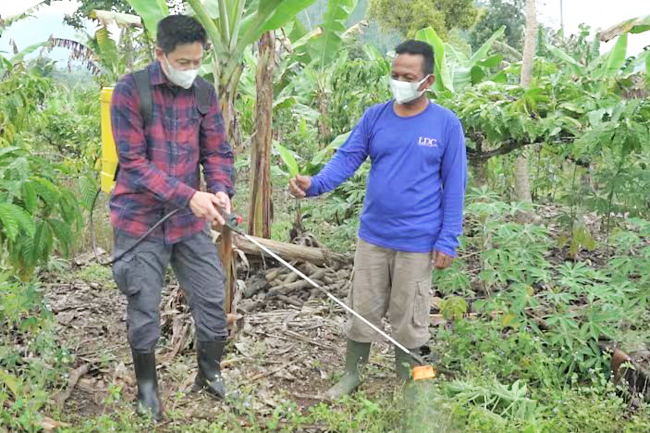
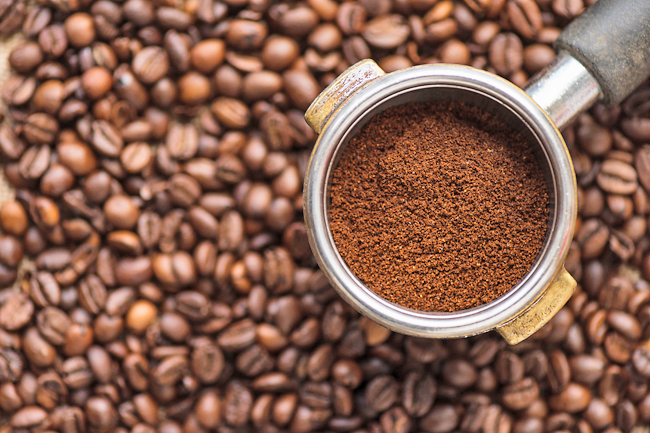

FROM CLIMATIC CONDITIONS TO PESTS
More than 90 per cent of coffee plantations in Indonesia are smallholdings, such as the one owned by second-generation coffee farmer Kerno in Lampung, Sumatra’s southernmost province and one of the country’s biggest robusta-producing regions.
The 50-year-old, who goes by one name, has around 5,000 trees on his farm about the size of two and a half football fields.
Last year, he harvested three tonnes of coffee cherries, the fruit produced by coffee trees inside of which are the coffee beans. This year, he hopes his harvest will be around one tonne.
“It may not even reach that amount. We’d be lucky if we get 800kg,” he said.
Sumatra has been subject to frequent rain and occasional freak weather since last year, which has disturbed coffee trees at a crucial period of the production process.
“After the flowering stage, the flowers turn into small cherries. (But) the heavy rain causes them to fall off. They’ll rot and won’t turn into coffee. Therefore, it isn’t possible to get a big harvest,” said Kerno.
“We lose out to the weather. It’s very sad.”
Other areas in Indonesia have even been hit by hailstorms, which have also affected coffee production.
It is not only the weather that can be volatile, but also fertiliser prices, which hit a peak last year because the pandemic, the invasion of Ukraine and other supply chain issues tightened global supply.
Temperature increases around the world have led to the proliferation of a pest called the coffee berry borer.
These borers are not only becoming more fertile, but also drilling deeper into the coffee cherries.
As they eat their way in, the fruit’s weight reduces. Severely infected cherries drop from the trees, which means they do not ripen and cannot be sold.
Climate change – and its impact on weather conditions – is also causing a rise in diseases such as coffee leaf rust, a fungal disease that reduces coffee yield.
In August, the International Coffee Organisation estimated a shortfall of 7.3 million bags this year.
More coffee is being consumed in Indonesia too. “Every year, the rate of consumption is getting higher and higher,” said Leo Wiriadjaja, co-founder of Lisa and Leo’s Organic Coffee, a farm in North Sumatra.
“That takes away the amount of coffee we can export.”
Then there is El Niño this year. With its hot and dry weather conditions likely to be prolonged, industry players expect a further strain on coffee production and a shortage in supply going into next year.
THERE ARE SOLUTIONS
Despite the challenges faced by Indonesia’s coffee farmers, Wiriadjaja’s plantation – which he owns with his wife, Lisa Matthews – is thriving. One of the reasons they have kept their coffee yields consistent is they use organic fertiliser, that is material they have composted, such as cut grass and by-products of coffee production.
The coffee cherry and the skin of coffee beans, for example, have macronutrient and mineral content for the crops, such as potassium, copper and zinc. The cut grass contains nutrients including carbon, nitrogen and phosphorus.
“By having all of the elements in the compost provided by us from our farm, we know what’s in it. And we can control the microbiology in it,” said Matthews.
“When you buy synthetic fertiliser, you’re relying on what’s printed on the outside of the bag to be what’s on the inside.
“But a lot of farmers have found out that sometimes the fillers (added to) these fertiliser bags can be detrimental to the crop. They can introduce the wrong kind of bacteria.”
The use of compost, rather than synthetic fertiliser, also results in an annual cost saving of 30 per cent for the farm, reckoned the soil expert.
The couple have another natural type of fertiliser growing all over their farm – yellow clover.
“It creates a healthy biology within the soil by producing nodules on the end. That contains the nitrogen. And that’s released into the microbes. The microbes change it into an absorbable form for the trees, and it keeps the leaves healthy,” said Matthews. – Derrick A Paulo


